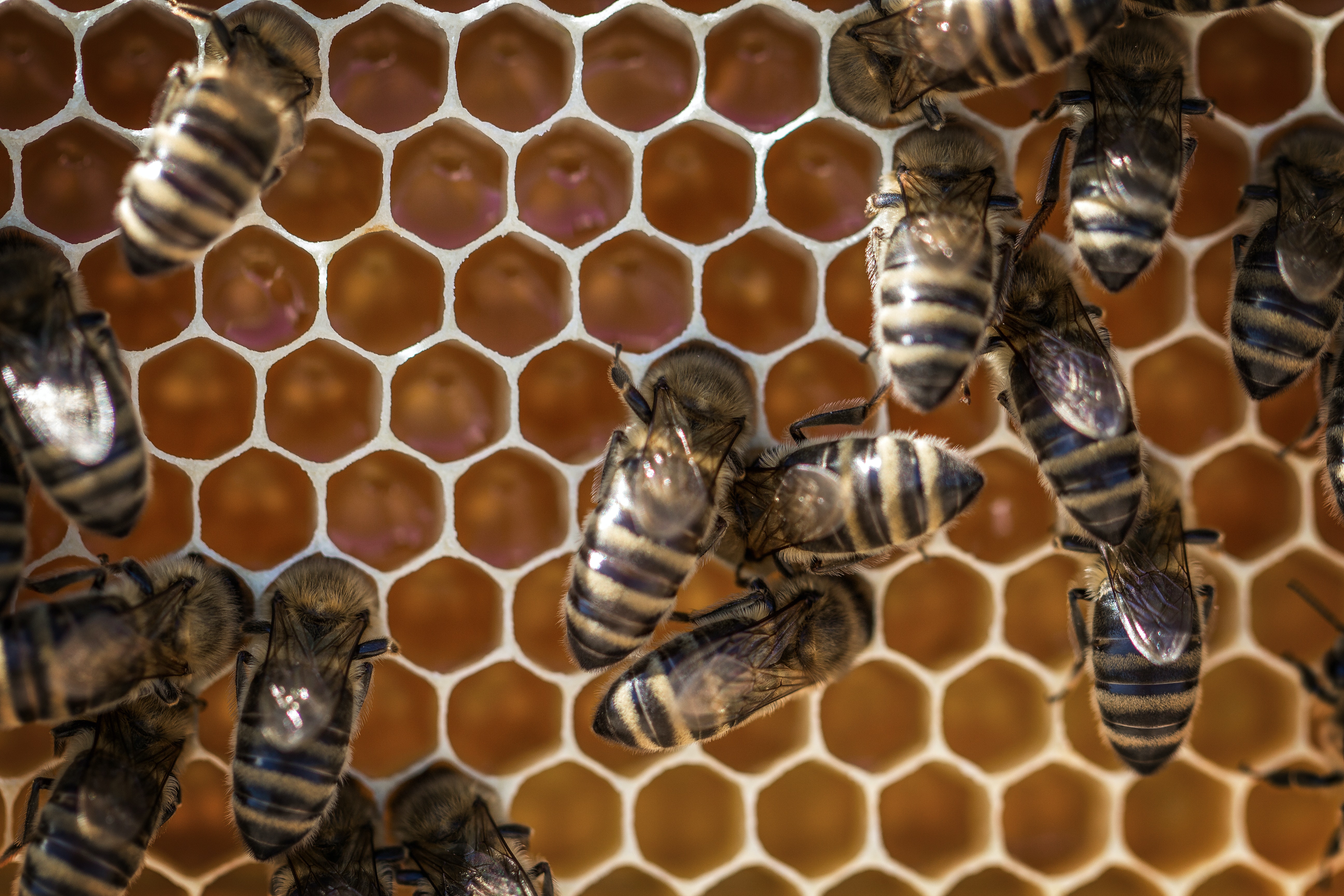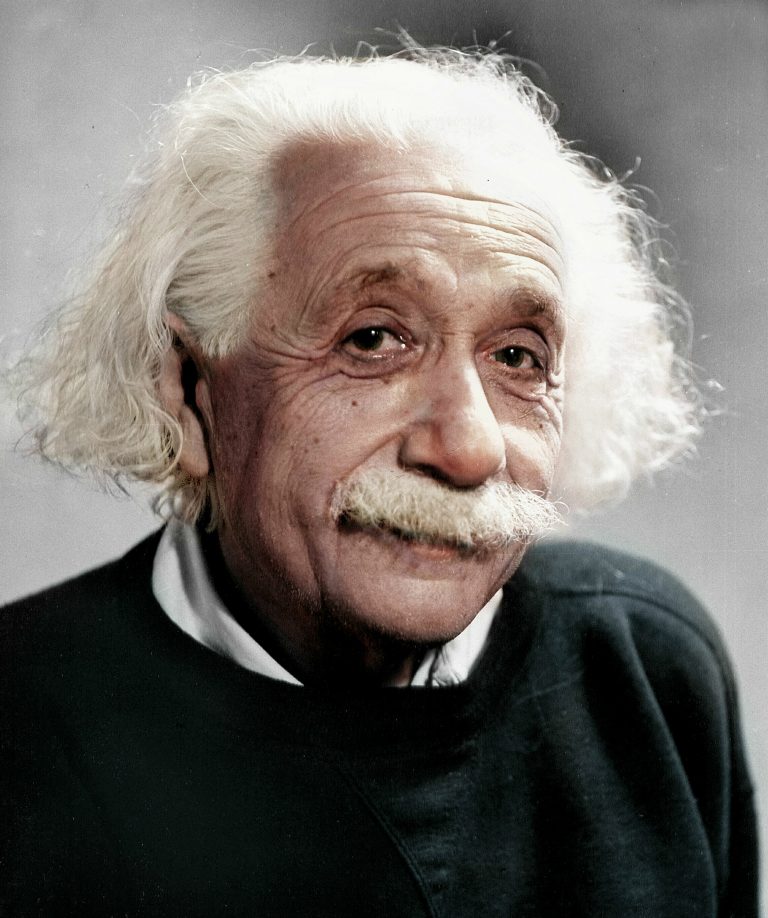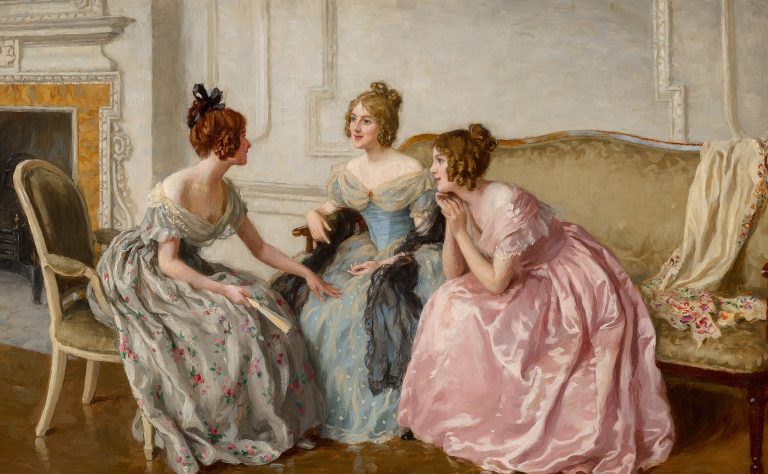Nobel Laureate Albert Einstein’s previously undisclosed letter to researcher Glyn Davys, written over 70 years ago, recently came to light on the internet. The letter penned by the German-born mathematician and scientist discusses both bees and migratory birds, and whether or not studying animal senses could bring about innovative concepts in the world of physics.
According to a May 2021 article by Inverse, Davys’ widow Judith, after reading a recent article in TheConversation regarding the mathematical ability of bees, such as their ability to grasp the concept of zero and solve simple math problems, was prompted to share the letter in her possession with RMIT University in Melbourne, Australia researchers.
Although our understanding of migratory animals is still in its beginning stages, the capacity of birds and bees to navigate continues to be a groundbreaking scientific study.
When scientist Von Frisch, a renowned bee and animal sense expert, was asked to give a talk at Princeton University in the United States in April 1949, Einstein was there, and the two scientists reportedly attended a secret meeting afterwards.
In July of the same year, Karl von Frisch was published in The Guardian, London. His report specifically discussed how bees use polarised light to navigate.

Success
You are now signed up for our newsletter
Success
Check your email to complete sign up
Von Frisch eventually won the Nobel Prize for his findings on bees.
Einstein’s letter to Davys, who studied engineering and researched ship and aircraft radar detection during WWII, was dated October 1949.
The letter appears to be a reply in connection to a specific inquiry regarding some matter mentioned in a previous letter to Einstein.
“But I cannot see a possibility to utilize those results in the investigation concerning the basis of physics. Such could only be the case if a new kind of sensory perception, resp. of their stimuli, would be revealed through the behaviour of the bees,” Einstein wrote.
Interestingly, the independent study of echolocation or “bio-radar” by bats was published around the same time as the major physics and technical discoveries in RADAR throughout the 1940s.
Davys’s original letter was lost, but Einstein explicitly referenced bees and von Frisch in the letter, stating: “I am well familiar with Mr. v. Frisch’s excellent studies. It also referenced migratory birds.
“It is thinkable that the investigation of the behavior of migratory birds and carrier pigeons may someday lead to the understanding of some physical process which is not yet known.”
Quantum entanglement theory
One theory for birds’ magnetic sensing skills is based on Einstein’s own ideas: quantum entanglement. Einstein, however, was uncomfortable with the theory and called it “spooky action at a distance.” He used the paradox to show that the quantum theory was flawed.
Recent research suggests that in the eyes of certain birds there exists a light-sensing protein called cryptochrome. Scientists think that birds produce a version of cryptochrome that acts as a molecular compass. When a particle of light hits the bird’s cryptochrome, its energy may disrupt molecules inside the avian’s cryptochrome. The disruption sends a molecular pair into an unstable condition so that it can sense the subtle pulse from Earth’s magnetic field.
As fresh studies on bird migration stretch the limits of our knowledge of physics, Einstein’s letter to Davys is a tribute to how open he was to new ideas, and how conscious he was of what could still be discovered.







